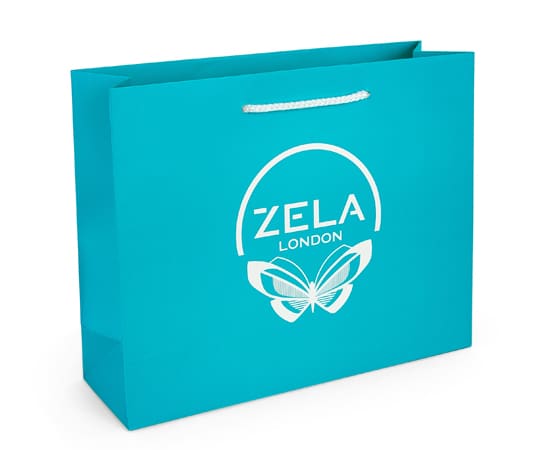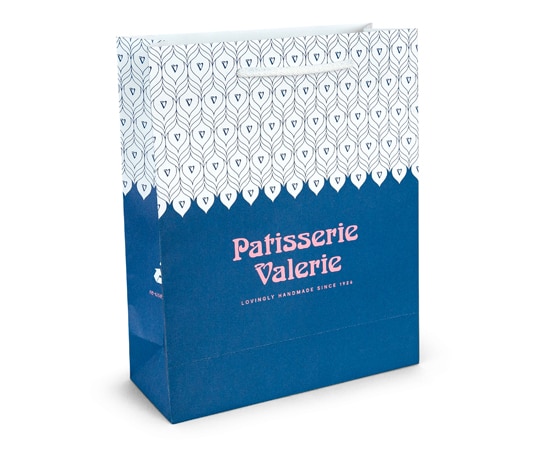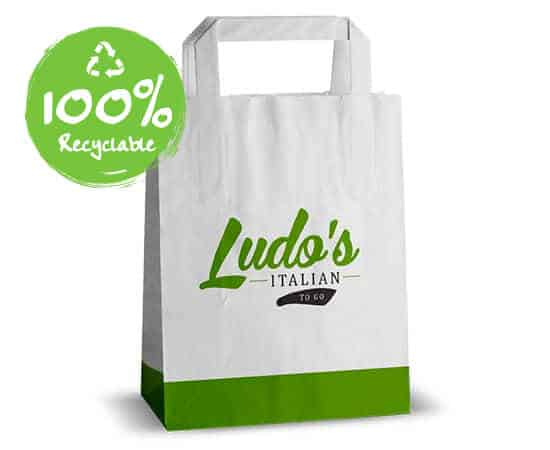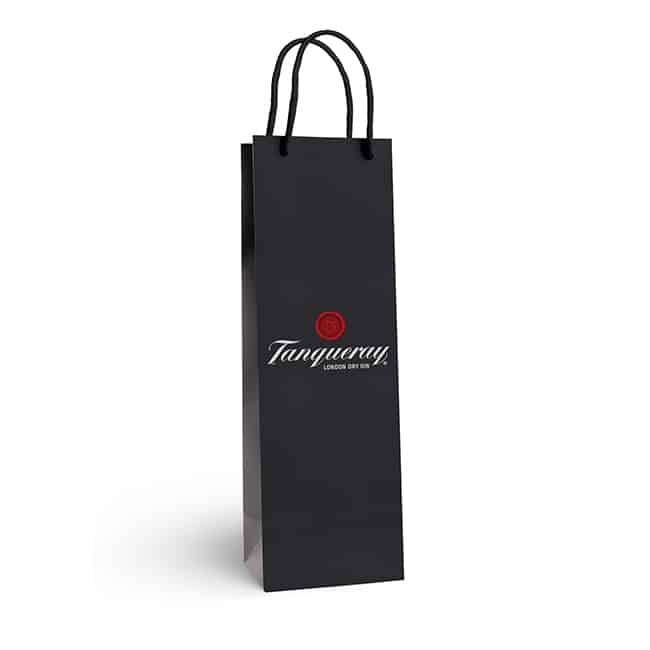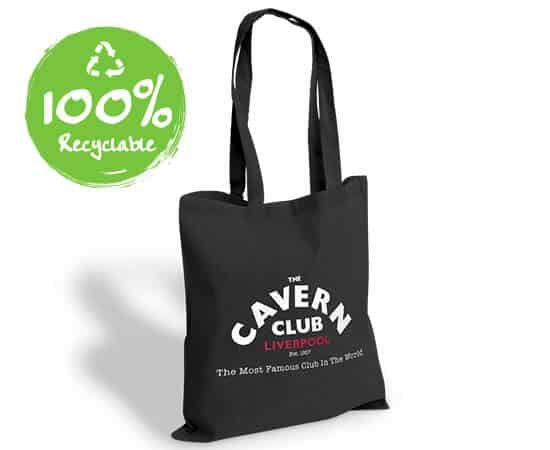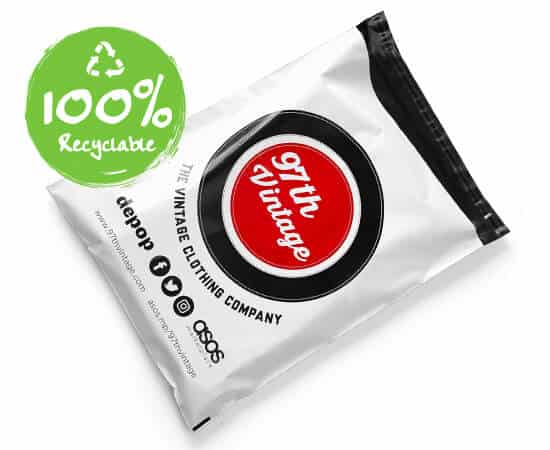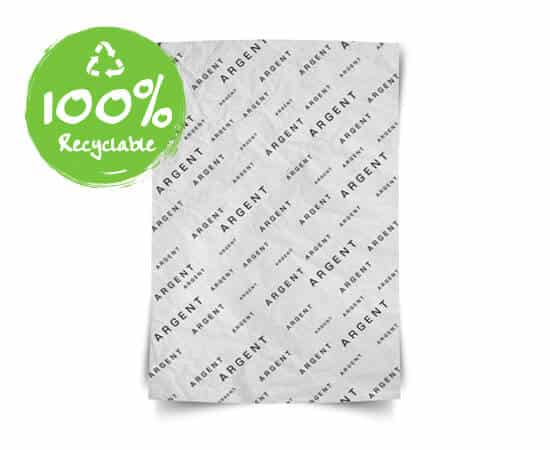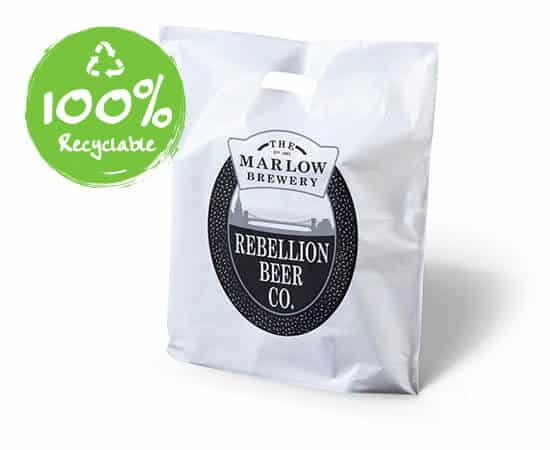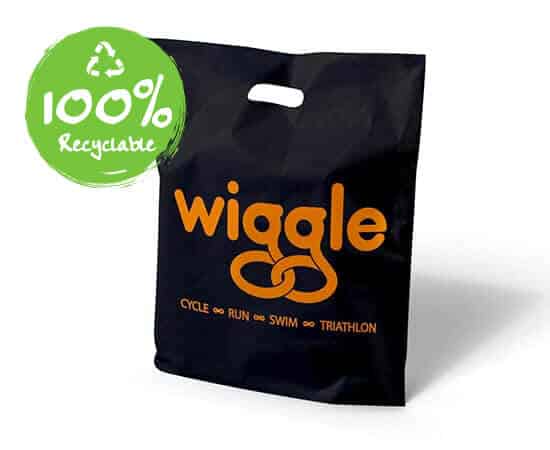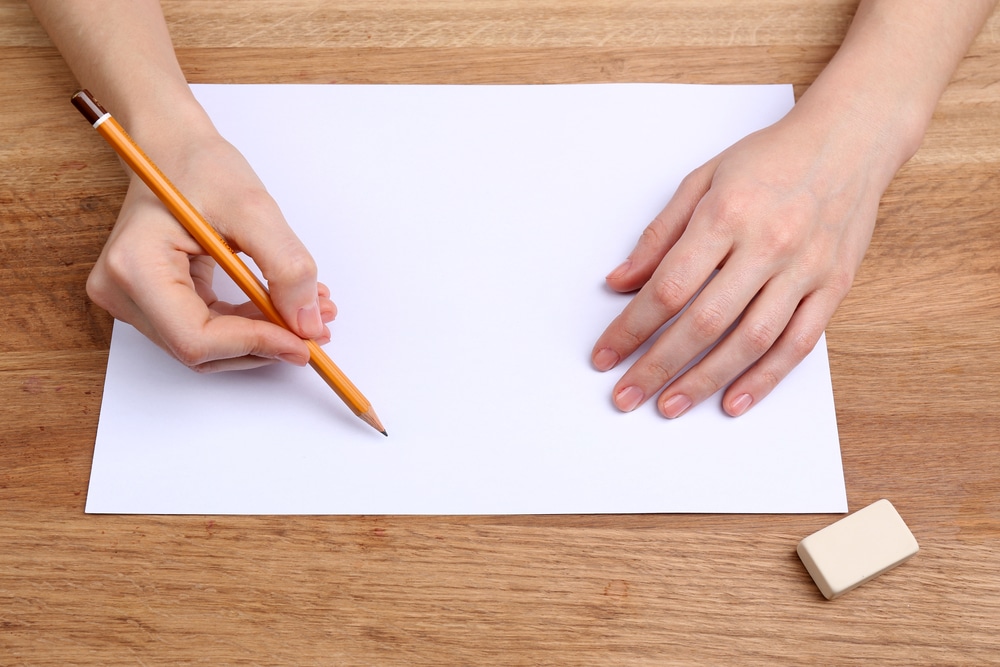
5 principles of effective logo design
Designing your logo is potentially the most important thing you’ll ever do for your brand. Your logo can say more things about your product and your company than any tweet or Facebook post ever could, and when launching a new product, you should think carefully about the logo you create to represent it.
To make this process a little easier, we have found 5 main principles that are key to consider when designing your logo.
Your logo should be….
- Simple
Something that’s hard to achieve when there are so many logos out there already, but the simpler the design of your logo, the better. Don’t make it too overdrawn, with unnecessary elements that just confuse the eye. It’s easier said than done, but try to come up with your own unique shape (the Nike ‘swoosh’ is a great example) that represents your brand without having to draw every single element.
- Memorable
How can you know whether the logo you design is memorable? In reality, you can’t – only the test of time will tell. However, being memorable is key to success for your brand, and your logo needs to be part of it. We’ve probably all played some kind of game before that requires you to guess the logo, and the best known brands are always synonymous with the easiest logos to remember. You could even conduct an exercise whilst designing your logo where you show a focus group several variations, and then ask them to draw which one they remember most clearly after a certain amount of time. This will also be a good indication of whether your logo is simple enough for people to recall.
- Timeless
In design, as in fashion, there are inevitably going to be trends that float in and out of popularity and influence the way we interpret colours and shapes. However, when designing your logo, you want something that’s going to last way beyond any design trends or fads, you want a logo with longevity. Don’t be a sheep with your logo, and mimic what other companies are creating – be as unique as possible to ensure you outlast any passing phase.
- Versatile
There are practical elements to designing a logo, too – a big one being how easy it is to use across different mediums and formats. A basic tip would be to ensure you create your logo in a vector format, so it can scale up or down and still retain its quality. There are also a couple of questions you should think about, namely ‘Is your logo still effective when….’
…it’s printed in one colour?
…it’s printed in reverse colour, for example a light logo on a dark background?
…it’s made either really big, or really small?
If the answer to any of these is no, you may need to rethink your logo! Your logo won’t always be present in its core form, so you need to make sure that variations of your logo are consistent.
- Appropriate
This final point is all about your target audience, and how you use your logo to represent your brand and therefore speak to your audience effectively. For example, the colours, shapes and style used in the logo for a children’s toy will be very different for that of a dental practise. Gain inspiration from competitors – which common colours are used? How can you adapt these to be unique whilst still fitting your company? It’s also extremely important to consider colour at this point – our blog on the psychology of colour could be helpful in giving you an insight into the emotions that are evoked by certain colours.
Are you in the process of designing a new logo? Are you looking for design and printing advice from a bag supplier you can trust? Contact us today on 0191 268 7555 or email sales@theprintedbagshop.co.uk. We pride ourselves on outstanding customer service – come and experience it for yourself!


